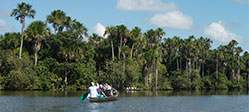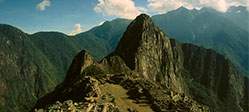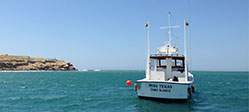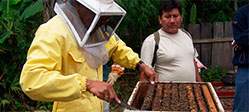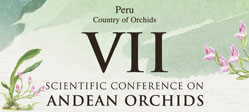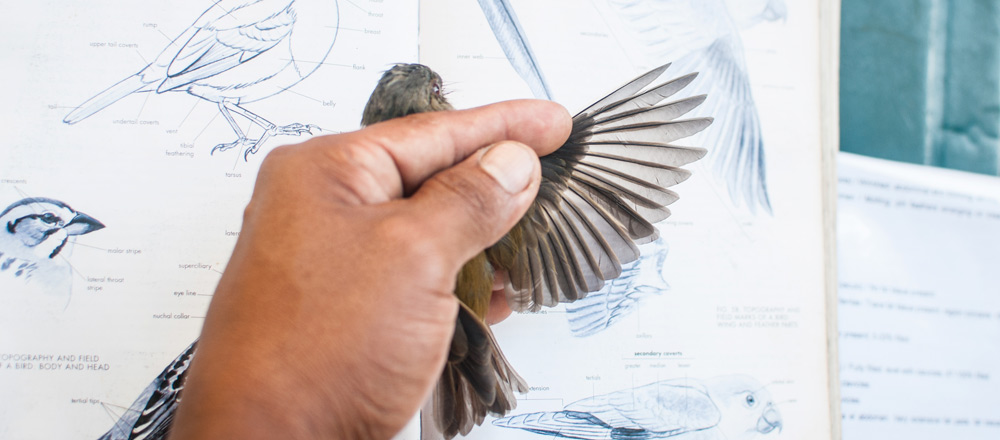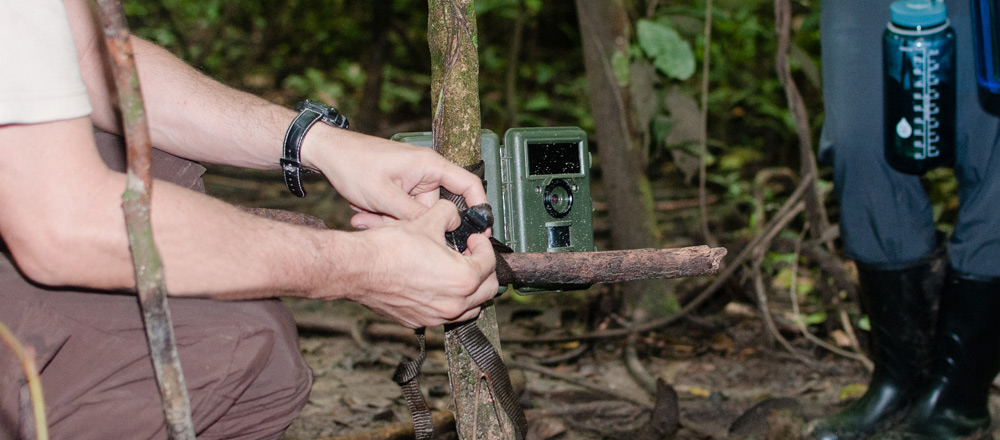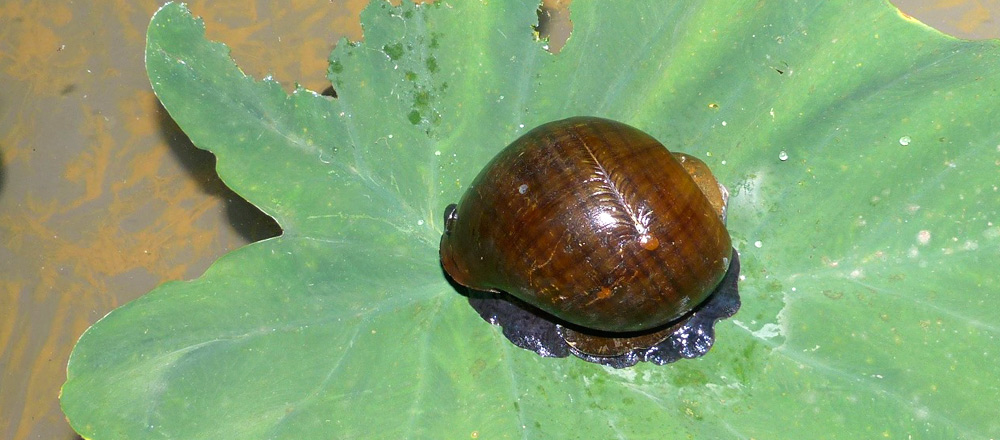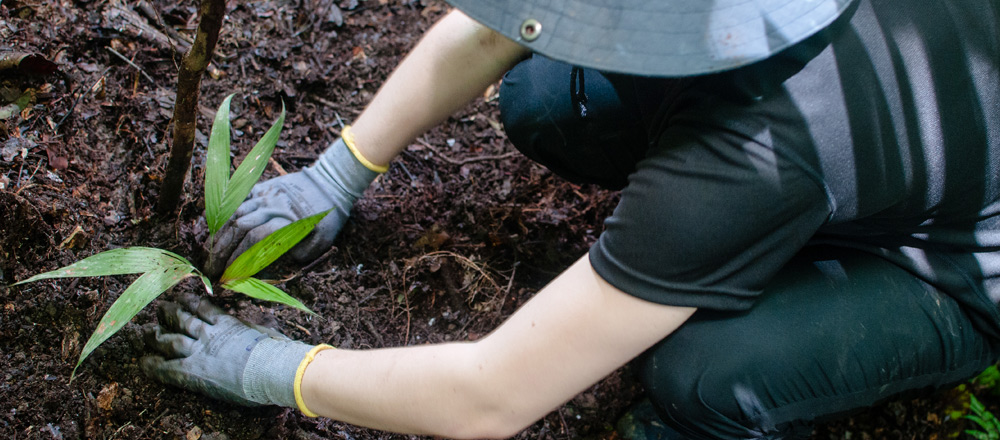A knowledgeable experience for scientists, students, volunteers and eco-conscious travelers, Amazon Field Station byInkaterra welcomes guests to be part of diverse research and conservation projects overseen by NGO Inkaterra Asociación.
Within Peru’s first concession for tourism purposes (10,000Ha of Amazonian rainforest), Inkaterra Asociación manages interactive excursions such as a Palmetum with the most diverse sample of native palms; a bio-orchard nurtured with ancestral agroforestry techniques; a bird banding station; and a motion-sensitive camera trap system to study wildlife in hotel grounds, such as ocelots, giant armadillos, tapirs, peccaries and tamanduas.
With four cabanas and two large pavilions, the lodge houses an Eco-Center and a lab for native flora and fauna analysis.
-
Bird Monitoring
540 bird species have been registered within the areas conserved by Inkaterra Asociación in the Amazon rainforest of Madre de Dios. Four monitoring techniques are practiced, such as bird banding, which allows the codification of species dynamics.
With four sampling sites, the presence of a species in a given environment can be registered, as well as their growth, reproductive phase and other data shared with the Center of Ornithology and Biodiversity (CORBIDI).
Inkaterra encourages conservation policies towards the declaration of local reserves, with the involvement of local communities for the conservation of endemic species, as well as a safe migratory route for birds flying from Canada/USA to Patagonia.
-
Fauna Monitoring
A motion-sensitive camera trap system installed around the property allows researchers to study the behavior of wildlife native to the Inkaterra areas of influence. With a thorough analysis of tracks and other indicators, areas with a rich diversity of Amazonian fauna are located and studied.
A monthly basis of 1000 photos per camera have allowed the identification of 61 animal species, including jaguars (Panthera onca), ocelots (Leopardus wiedii), Neotropical otters (Lontra longicaudis), giant armadillos (Priodontes maximus), tapirs (Tapirus terrestris), collared peccaries (Tayassu tajacu), white-lipped peccaries (Tayassu pecari), tayras (Eira barbara) and tamanduas (T. tetradactyla).
-
Palmetum
Forestry project to conserve the most diverse sample of native palms. Studying their features and cultural meaning, the Palmetum hosts 19 of the 23 species identified by the Ese’Eja culture and used in 340 different ways.
Species include Geonoma deversa, with large impermeable leaves used in local architecture for thatched roof weaving; the Yarina or ivory palm (Phytelephas macrocarpa), with valuable seeds employed in handcrafts; and the walking palm tree (Socratea exorrhiza), which moves its roots in search of sunlight.
Through permanent monitoring and species propagation in plant nurseries, scientific research in the Palmetum aims to preserve genetic diversity, whilst raising awareness on the role of palms in the economic development of native communities, encouraging sustainable business opportunities to conserve the Amazon rainforest.
-
Bio-Orchard
An initiative to conserve a diverse collection of native foods and medicinal/mystical plants, cultivated with regional agroforestry or agricultural techniques. Rescuing ancestral knowledge on Amazonian goods and carbon-free farming, the bio-orchard outreaches the preparation of natural compost, sowing and harvesting green vegetables, aromatic herbs and tropical plants, and the use of eco-friendly fertilizers.
Amazonian peppers, cocona (Solanum sessiliflorum), sacha culantro (Eryngium foetidum), uncucha (Xanthosoma sagittifolium), native papaya (Carica sp.), cat’s claw (Uncaria tomentosa), Amazonian tomato (Solanum sp.), Amazonian spinach (Spinacia sp.), angel’s trumpet (Brugmansia suaveolens), among other crops, are produced in this initiative to educate local communities on a healthy nutrition that enhances their gastronomic identity.





